Nature is full of spooky species, weird science, and sometimes disturbing natural phenomena.
Here are some of our favorite Halloween-themed stories from our archives… from much-maligned spiders to spectral bats, from strange skeletons to coral reefs that are a little bit like zombies.
-
The Ten Creepiest Spiders of North America
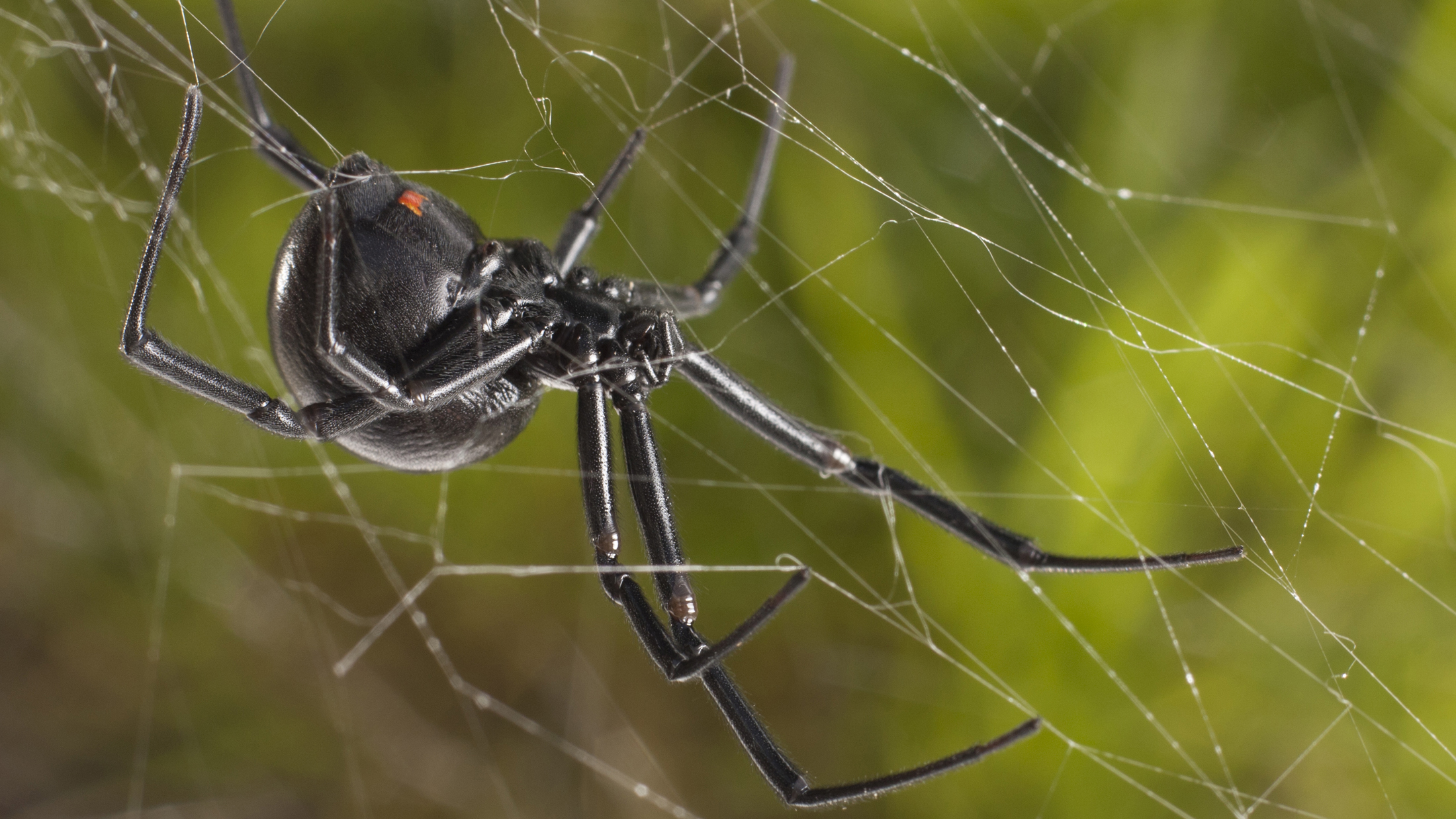
Black widow (Latrodectus hesperus). Photo posted with permission © Sean McCann/Flickr and at http://ibycter.com/ Spiders don’t really need any help in the creepy department. Nor do they need myths or horror stories to make them scarier. But that doesn’t stop people from trying.
In honor of a season full of heebie-jeebies and creepy crawlies, the Cool Green Science blog asked spider scientists (arachnologists) for the country’s most interesting, notable or just plain creepy spiders.
-
Ghost Bat: Meet Australia’s False Vampire
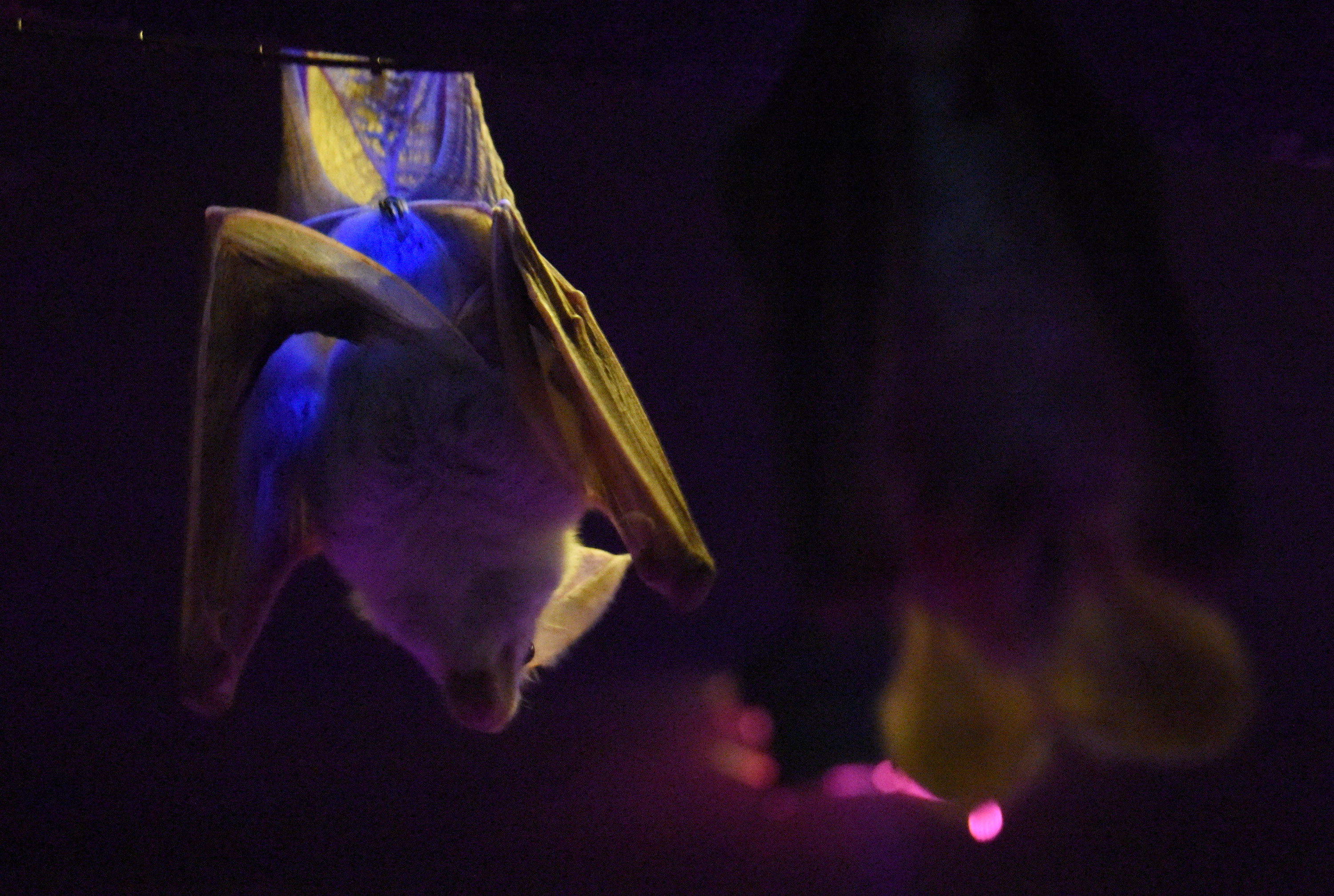
A ghost bat at Sydney’s Featherdale Wildlife Park. Photo © Sardaka / Wikimedia Commons When Halloween thoughts turn to bats, most people picture small, black flying mammals hunting insects. But Australia’s ghost bat is not your average bat.
Rare and secretive, this carnivorous bat was once mistaken for a relative of the famed blood-sucking vampire bats. But instead of sucking blood, ghost bats swoop down on their prey, wrap them in a horror-movie embrace, and bite them to death.
-
Reefs Like Zombies?
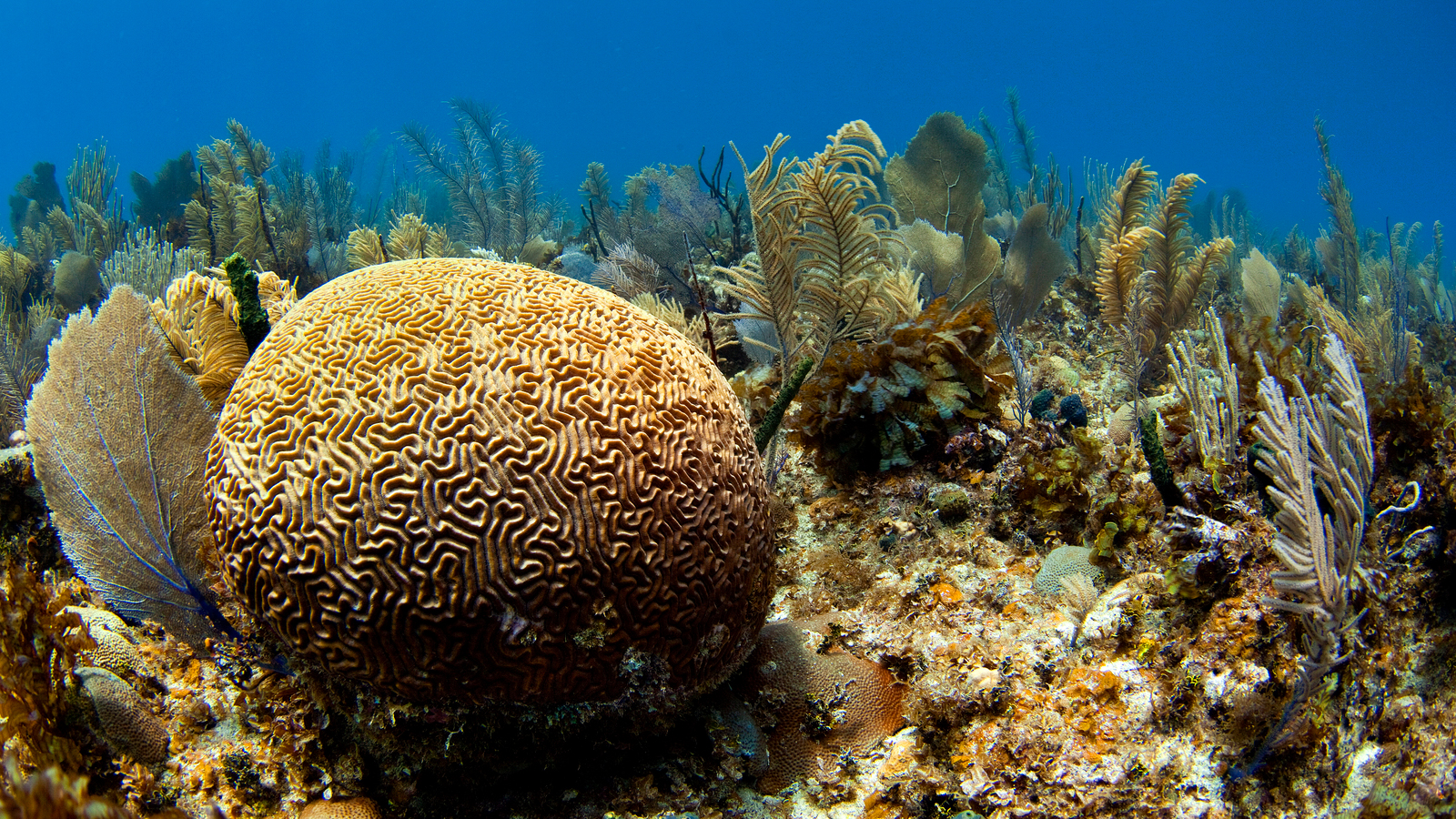
Brain Coral in Jardines de la Reina, Cuba: This National Park, translated into the Garden of the Queen, is just off the Southeast side of Cuba. Photo © Ian Shive “Coral reefs are like zombies! Alive and dead, living on flesh.” Well, not exactly.
CGS writer Cara Byington recounts a surreal conversation with two tourists about coral reefs, parrotfish, climate change, and zombies… that could probably only happen in a place like Key West.
And while zombies might not be the best metaphor, what’s happening to coral reefs all over the world is more frightening and, unfortunately, more real than any zombie movie ever made.
-
The Skeleton Revealed: Vertebrates As You’ve Never Seen Them Before
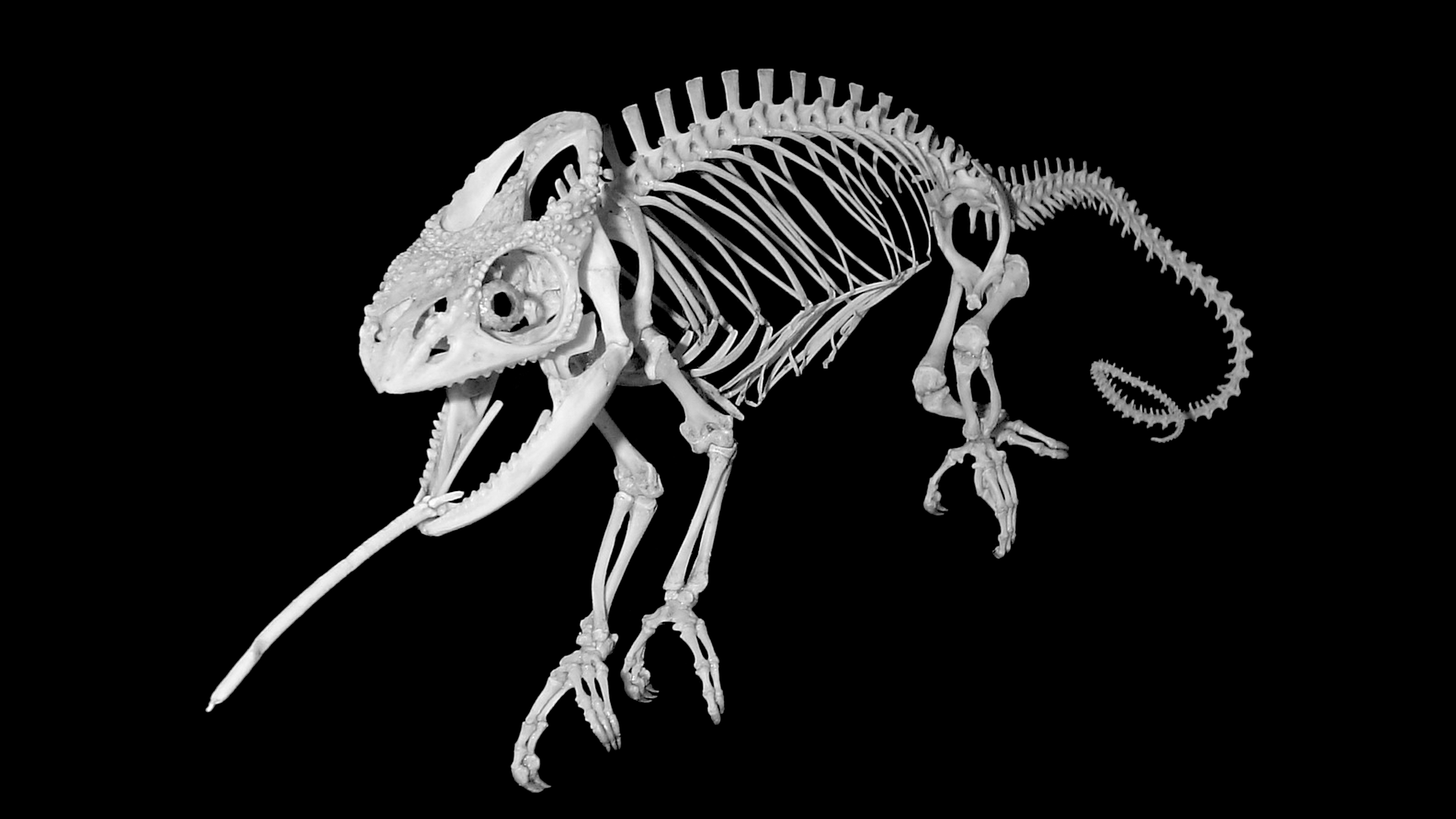
Parson’s chameleon (Calumma parsonii). Photo © Steve Huskey Close your eyes and picture a skeleton. You’re probably imagining a boring, plastic human skeleton from biology class or those static, sad displays at natural history museums.
These skeletons are, well, rather boring. That’s why biologist Steve Huskey is re-imagining how we look at vertebrate skeletons through his stunning displays. After flesh-eating beetles devour the carcasses, he re-positions animal skeletons in life-like poses to reveal how their skeletons help them relate to the outside world and accomplish tasks.
-
Jumping Worms: The Creepy, Damaging Invasive You Don’t Know
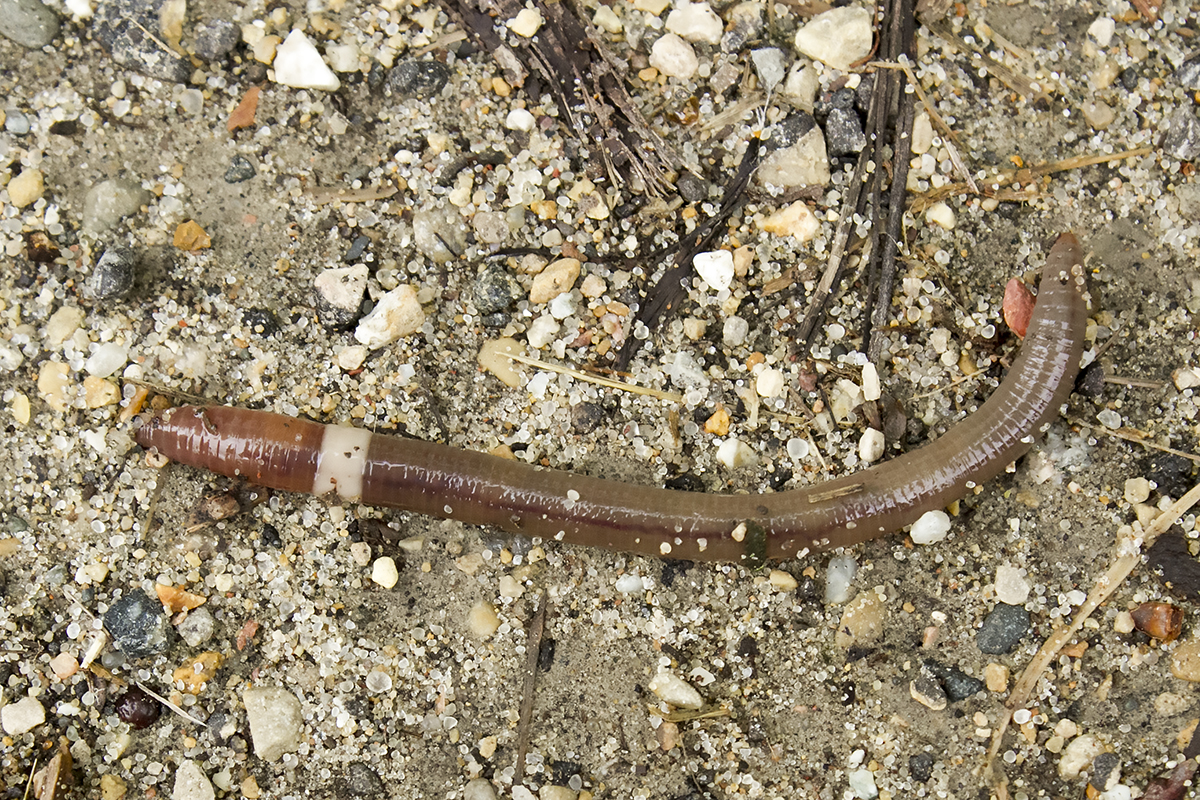
Photo © Susan Day / UW Madison Arboretum Disturb a jumping worm and it’s like a nightcrawler on steroids: It violently writhes on the forest floor, recalling a snake in a bad horror movie. Try to catch it, a piece of its tail will detach in your hand — still wriggling as you hold it.
But put aside the creepy factor. Jumping worms may be the next big threat to northern forests, significantly altering habitats and decreasing biodiversity. Why are they so damaging? And is there anything we can do to stop them?
-
Batteries that Run on Blood?

Battery research © U.S. Department of Energy After glancing at the bloody pictures in his wife’s medical school textbook, scientist Won-Hee Ryu had a curious thought: if blood transports oxygen to organs in the body, could it also help improve the efficiency of rechargeable batteries?
As it turns out, yes. Learn how his research could one day improve stored energy efficiency and reduce medical waste.
-
Saving American Burying Beetles, Nature’s Undertakers
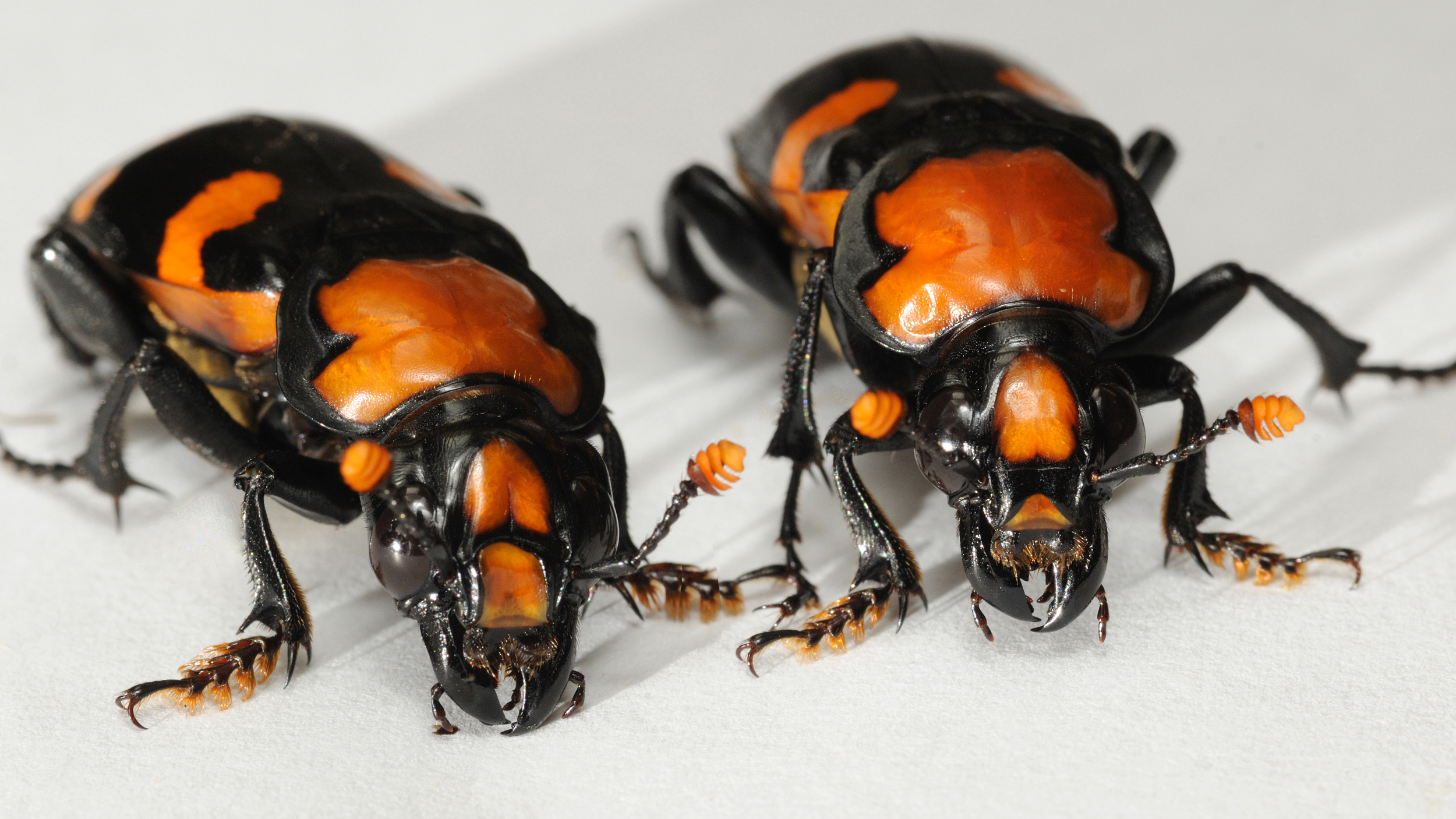
Adult American Burying Beetles. Photo © Darlyne Murawski courtesy of Roger Williams Park Zoo The shiny black, orange-spotted adults can approach two inches in length. Offspring beg both parents for food, inducing regurgitation by stroking their jaws like wolf pups.
They’re federally endangered American burying beetles, largest of the 31 species of North American carrion beetles. These insects once acted as our undertakers, getting rid of carrion over broad regions of North America.
But their numbers have dwindled. What’s going on? And can we save them?
-
Horrifying True Stories of Insect Zombies
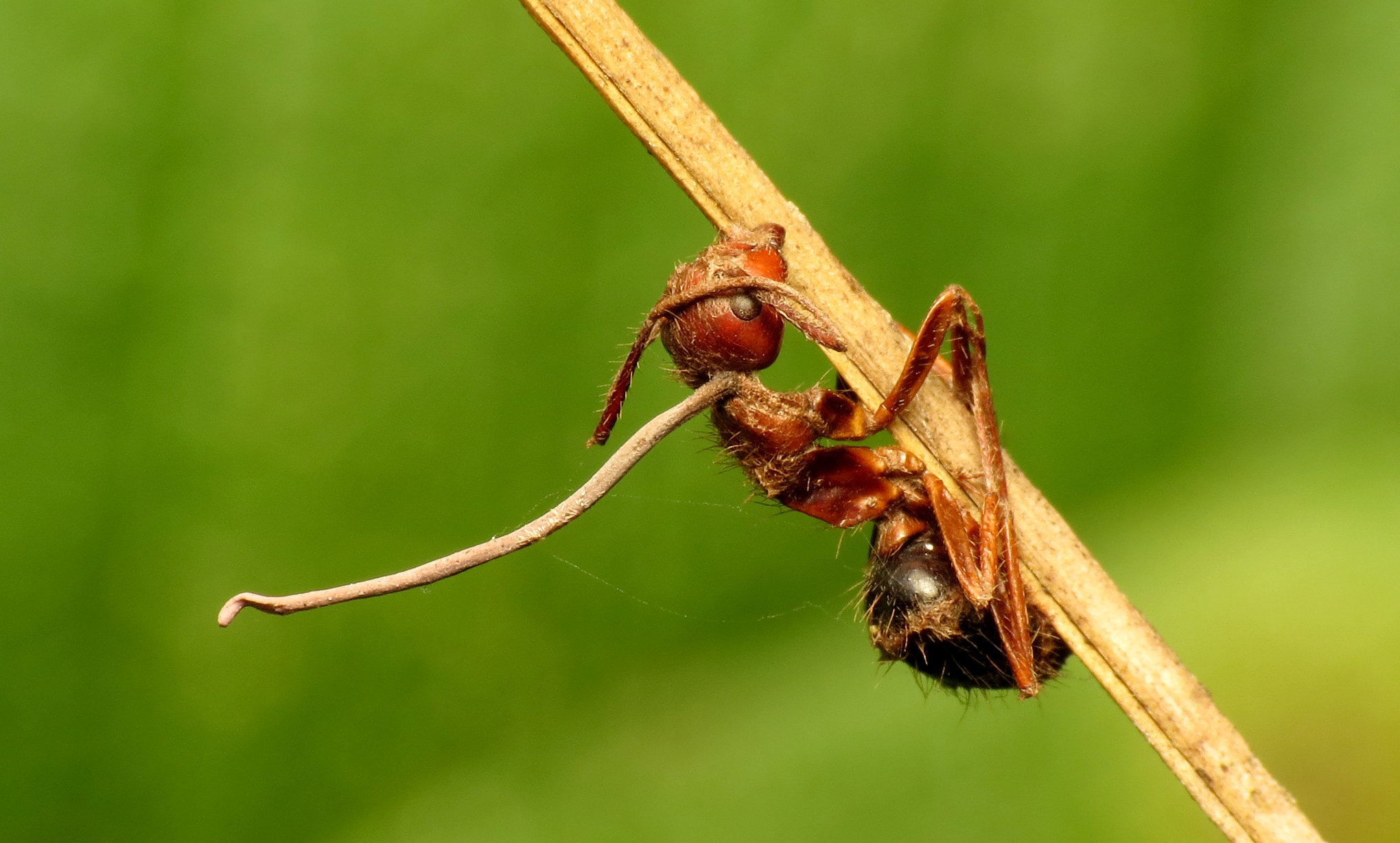
Ant killed by Ophiocordyceps fungus in Florida. Photo © Katja Schulz / Flickr Being turned into a zombie is a deeply embedded human fear, one that is currently experiencing a pop culture boost. For insects and other invertebrates, though, turning into a zombie is a very real, and highly disturbing, fate.
And though they pose no risk to humans, an insect zombie could be in your home or backyard right now.
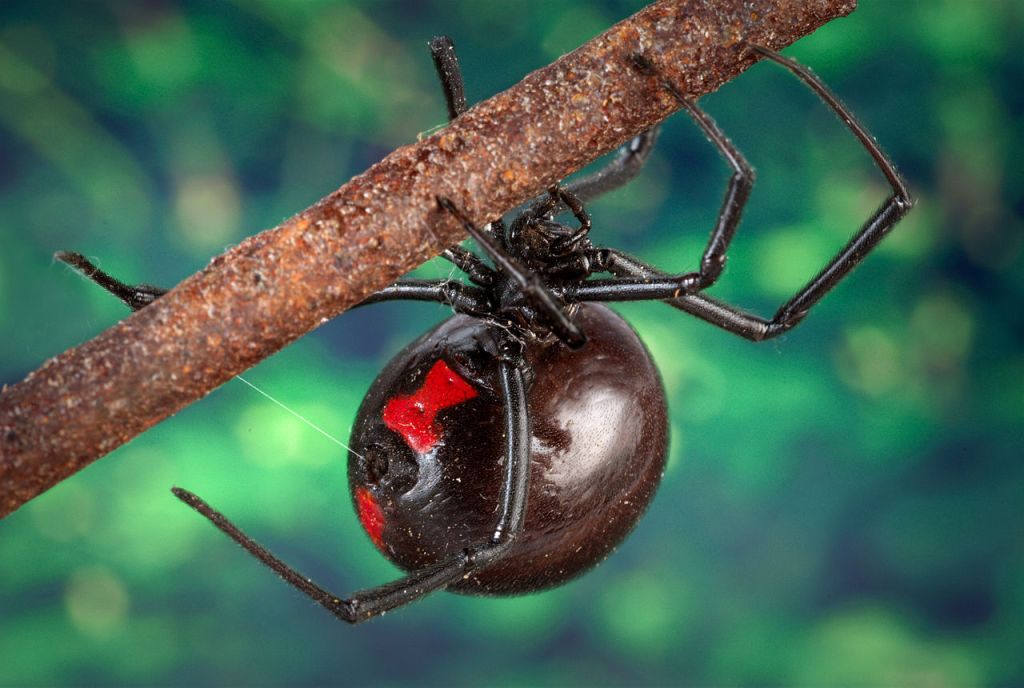



WTP? I never knew about most of these bugs before.